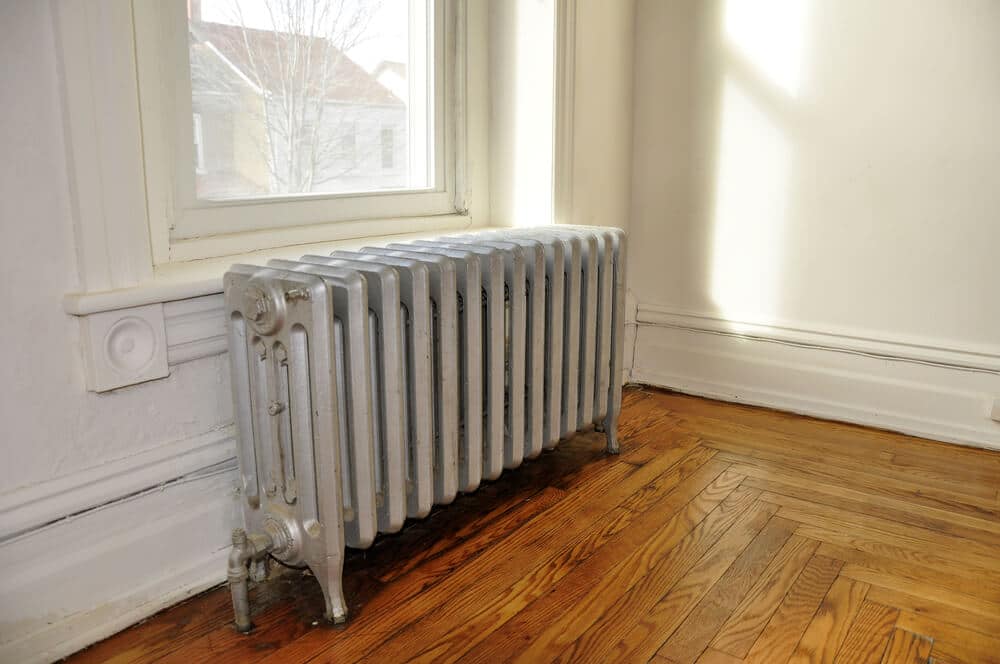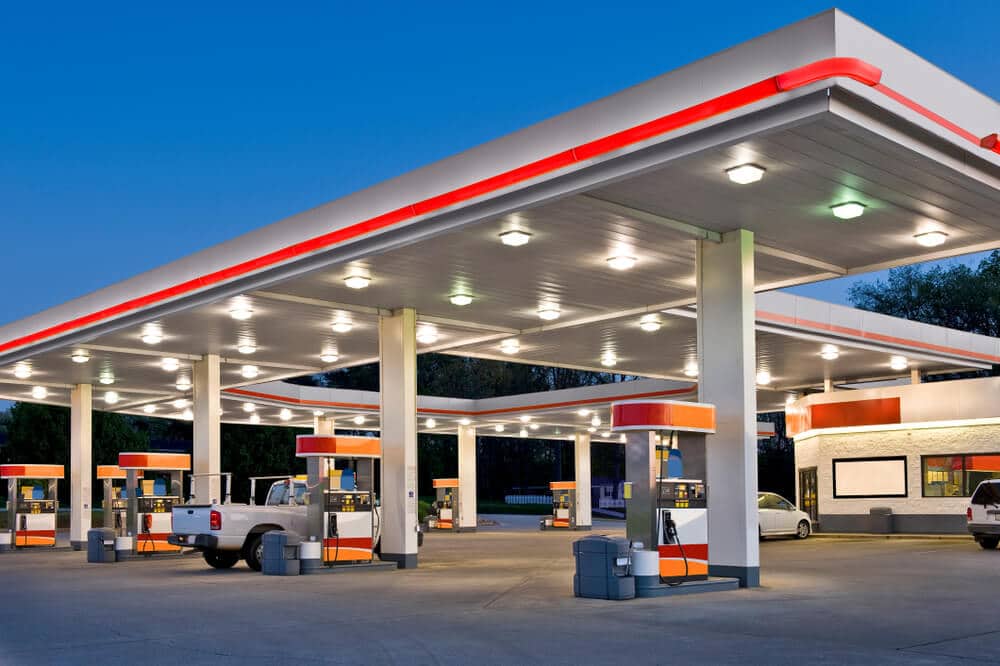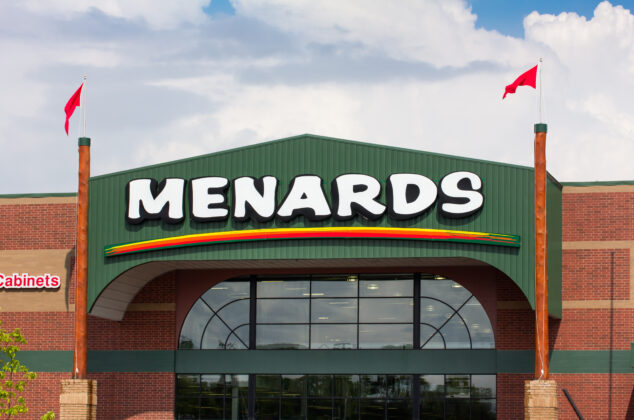Old radiators have scrap value, but the amount of money you can get for yours at the scrap yard will depend on what it’s made of, where you live, and the current prices for the metal it contains.
The value can be as little as $0.02 per pound or up to $2 per pound.
Below, we discuss how much you can expect to receive and how to get the best price. We also have the details of how to sell or recycle your old radiator if it isn’t worth much for scrap.
Radiator Scrap Value by Metal
A radiator’s specific scrap value will depend on the types of metal it contains. Sometimes, the radiator’s body will be one metal while the ends or other pieces will be different metals.
Separating these metals before you go to the scrap yard will maximize your value and ensure you’re paid full price for the more valuable metals. We detail the value of particular types of metal common in radiators below.
Aluminum
Aluminum radiators are most commonly found in cars, trucks, forklifts, and other vehicles. You can identify aluminum radiators because of their silver color; if you use a file to clean away any debris and see a darker metal, it may be copper or brass.[1]
At the time of writing, the scrap value of aluminum radiators is about $0.25 to $0.35 per pound, with higher prices given for clean radiators (without tanks).[2][3][4] (Find more information in our research on aluminum recycling prices.) A medium-sized radiator of around 12 pounds will earn you about $3 to $4.20 at the scrap yard.
Aluminum-Copper
Aluminum-copper radiators, also known as aluminum-copper fin radiators or ACRs, are used in home and business air conditioning units and refrigerators. Because they contain copper, which is a valuable metal, you can earn up to about $1.15 per pound for this type of radiator if you remove any attached steel.[5][6]
Brass
Larger vehicles and heavy equipment may have brass radiators instead of the aluminum ones common in smaller vehicles. Brass and copper may look alike, especially if the object is dirty, so it’s important to find out what you have. There are a couple of ways to determine if your radiator is brass or copper:[7]
Is it magnetic? If so, it isn’t copper — it’s likely brass or a brass alloy.
Is it reddish-brown or yellowish? Wipe a section of the radiator clean so you can see its true color. Copper has more of a red tint, while brass items tend to look yellow.
Is it hard or soft? Copper is softer than brass. If you can bend the metal, or it makes a muted sound when you strike it, it’s probably copper. Brass will be harder to bend and will make a ringing sound.
Brass radiators have a higher scrap value than aluminum or aluminum-copper radiators — about $1.25 to $2 per pound (as previously reported). If you have a large radiator weighing around 30 pounds, this means you can make up to about $60 for your radiator, though prices will vary depending on your location.
Cast Iron
Cast iron radiators are common in old homes and other buildings, particularly in the eastern United States. The scrap value of cast iron is low; around $0.02 to $0.07 per pound on average at the time of writing.[8][9]
However, since cast iron radiators are often very heavy (anywhere from around 100 to over 200 pounds),[10][11] they can still be worth your time to scrap. For example, a mid-size cast iron radiator at 150 pounds can bring about $10.50 at a high-paying scrap yard.
There are some scenarios where it doesn’t pay to scrap a cast iron radiator, such as if you have a good-condition cast iron radiator that may be of use to a home restoration project. See the When Not To Scrap a Radiator section below for more details.
Steel
While radiators aren’t made of steel, they can have steel parts. If your radiator has steel covers or ends, remove them and bring them to the scrap yard in a separate pile — you’ll likely be able to scrap it as well. At the time of writing, steel scrap has a value of around $0.05 per pound.[12][13]
How to Scrap a Radiator
Preparing To Scrap
Before scrapping your radiator, you’ll need to prepare it by removing any fluid from it.[14] You should also remove any plastic or steel ends and covers from the radiator; as noted above, some scrap yards are willing to pay more for “clean” or prepared radiators and can pay you a different rate for the covers and ends.
Finding a Scrap Yard
When you’re ready to scrap your radiator, you’ll need to find a local scrap yard willing to take it. The online directories iScrap App (also available as an iOS and Android app), Scrap Monster, and Scrap Metal Network can help you in your search.
You might want to call a few nearby scrap yards for quotes. Note that prices will vary by location. It’s also a good idea to ask whether the yard has any requirements for scrappers, such as photo ID or ownership documentation. Some states require these as a theft prevention measure.[15]
Want to know the value of other home appliances? See our research on scrap appliance prices per pound and item.
When Not to Scrap a Radiator
If your radiator is still in good working condition, you may find that the radiator’s resale value is higher than the scrap value. This is most likely to be the case if your radiator is made of cast iron, which is used in home restoration and may also have historic or collectible value.[16] You might want to consider selling your radiator on a peer-to-peer platform like eBay, Craigslist, or Facebook Marketplace.
If you decide not to scrap your old radiator and it isn’t in good enough condition to sell, you can also find a local recycling center that will safely dispose of it. Check out the recycling center locators from Earth911 and RecycleNation or see your city/county website for information about where to recycle.
 William Lipovsky
William Lipovsky






